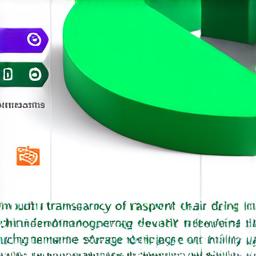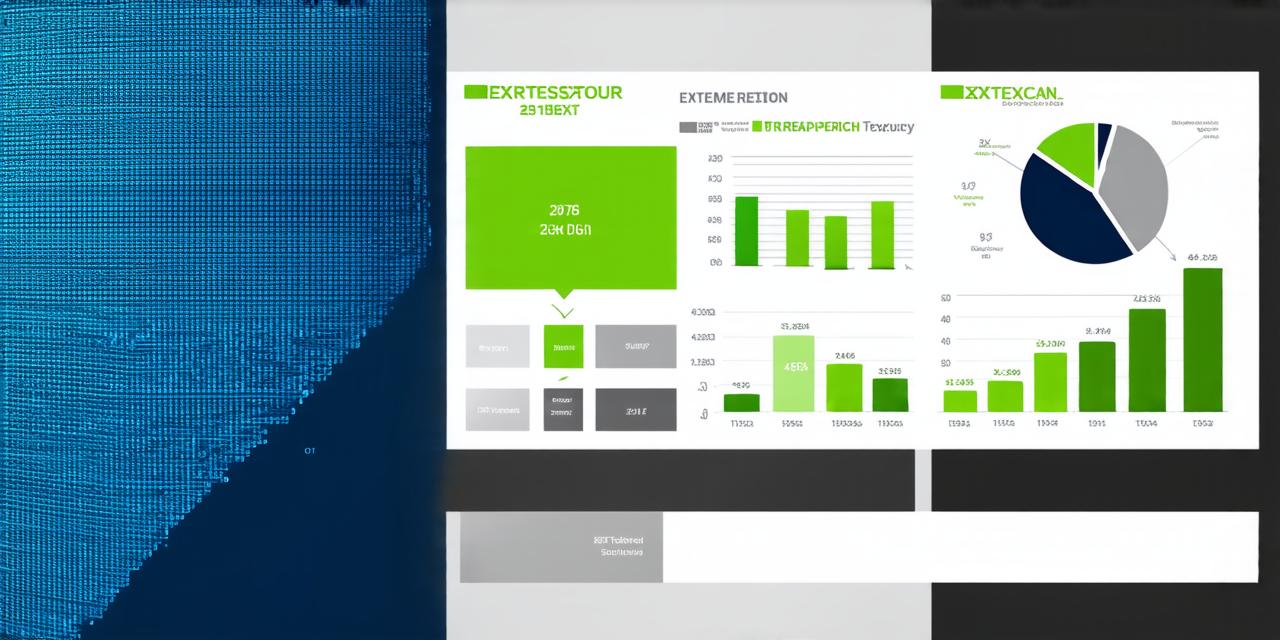Are you looking for an innovative solution to enhance your supply chain management? Look no further than blockchain technology. Blockchain has the potential to revolutionize the way we manage our supply chains, increasing transparency, efficiency, and security. In this article, we will explore the main benefit of using blockchain for supply chain management and provide practical tips on how to implement it effectively.
What is Blockchain?
Blockchain is a decentralized, distributed ledger that records transactions in a secure and transparent manner. It is essentially a digital version of a physical ledger, where every transaction is recorded and verified by multiple parties, creating an immutable and tamper-proof record of the transaction.
Benefits of Blockchain for Supply Chain Management
1.
Increased Transparency: One of the main benefits of blockchain technology is increased transparency. With blockchain, every transaction is recorded on a public ledger that can be accessed by anyone with an internet connection. This means that all parties involved in the supply chain have access to the same information, reducing the risk of fraud and increasing trust between partners.
2.
Improved Efficiency: Blockchain technology enables faster and more efficient transactions by eliminating intermediaries and automating processes. By using smart contracts, transactions can be executed automatically when certain conditions are met, saving time and reducing costs.
3.
Enhanced Security: Blockchain’s decentralized nature makes it virtually impossible to hack or tamper with the ledger. This ensures that the data is secure and protected from cyber threats, providing peace of mind for supply chain managers.
4.
Traceability: With blockchain, every transaction is recorded and verified, creating a complete audit trail of the entire supply chain. This allows companies to easily track products from the source to the end consumer, improving quality control and reducing waste.
Case Studies: Blockchain in Action
1.
Walmart’s Food Traceability System: Walmart launched a food traceability system in 2018 that uses blockchain technology to track the origin of food products. The system allows customers to scan a product and see where it came from, providing transparency and improving trust in the food supply chain.
2.
Provenance Management System (PMS): PMS is a blockchain-based platform that enables companies to manage their supply chains more efficiently. It provides real-time tracking of products, improving traceability and reducing costs.
3.
MediLedger: MediLedger is a blockchain-based system that tracks the movement of pharmaceuticals through the supply chain. By using blockchain, it ensures that drugs are not counterfeit and reach their intended destination, improving patient safety.
How to Implement Blockchain in Supply Chain Management
1.
Identify the pain points: The first step is to identify the areas where blockchain can be most beneficial in your supply chain. This could include improving transparency, reducing costs, or increasing efficiency.

2.
Choose the right technology: There are several blockchain platforms available, each with its own strengths and weaknesses. It’s important to choose the one that best fits your needs and requirements.
3.
Develop a strategy: Once you have identified the pain points and chosen the right technology, it’s time to develop a strategy for implementing blockchain in your supply chain. This should include clear goals, timelines, and metrics for measuring success.
4.
Collaborate with stakeholders: Blockchain is a collaborative technology that requires the involvement of multiple parties. It’s important to work closely with stakeholders to ensure that everyone understands the benefits and can contribute effectively to the implementation process.
5.
Test and refine: Once blockchain has been implemented, it’s important to test and refine the system to ensure that it is working as intended. This may involve making changes to processes or technology to improve efficiency or reduce costs.
